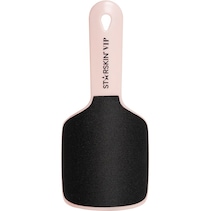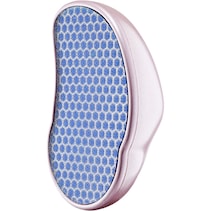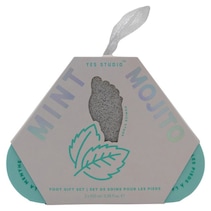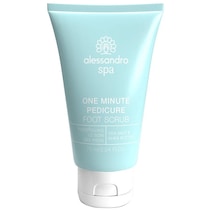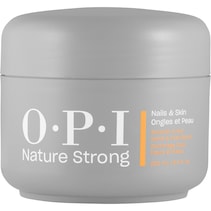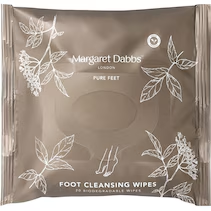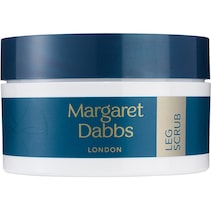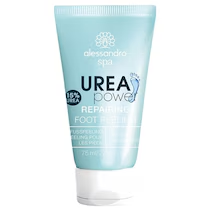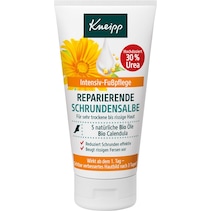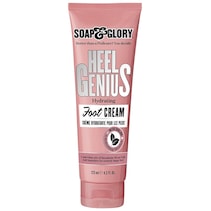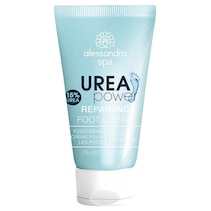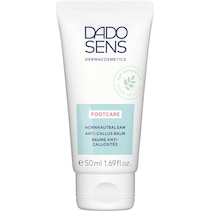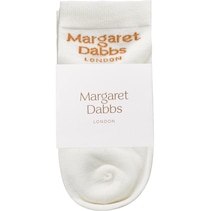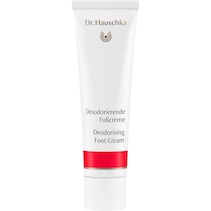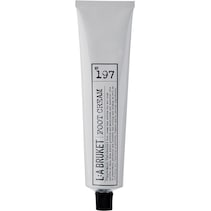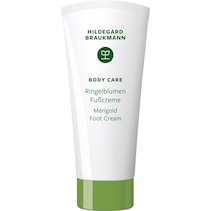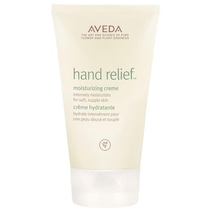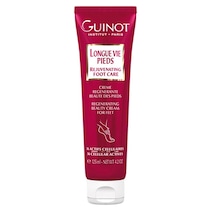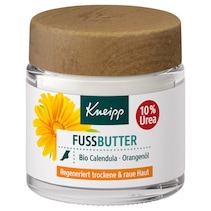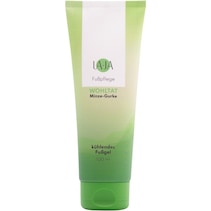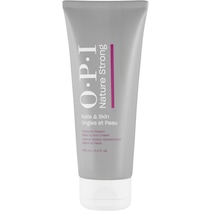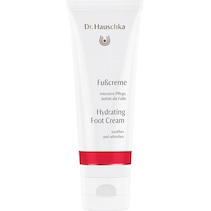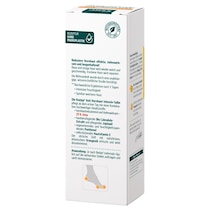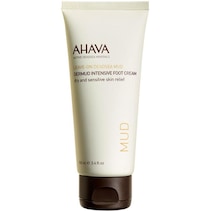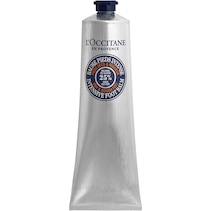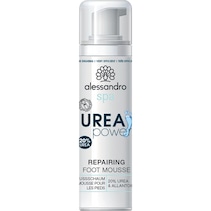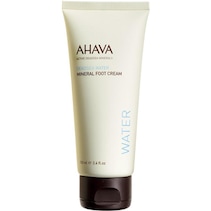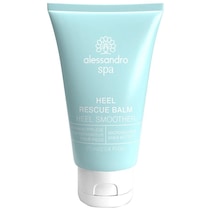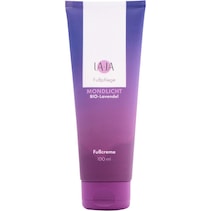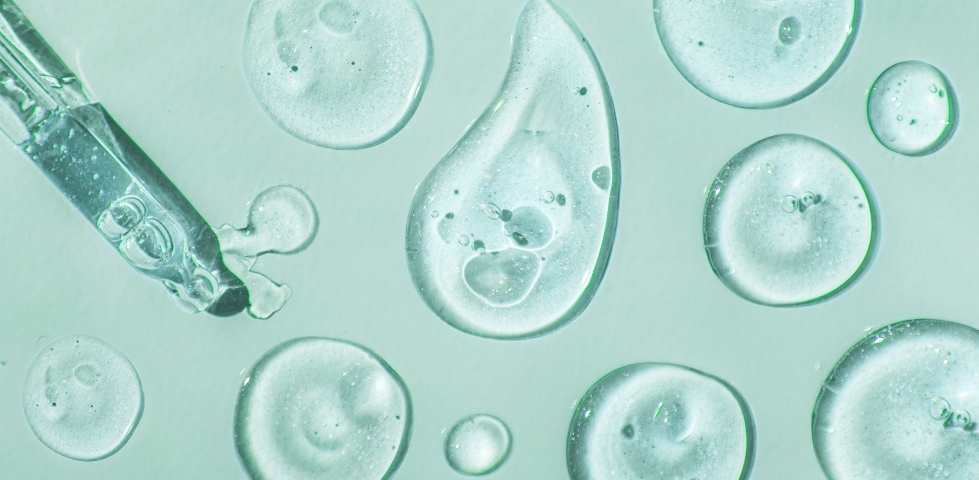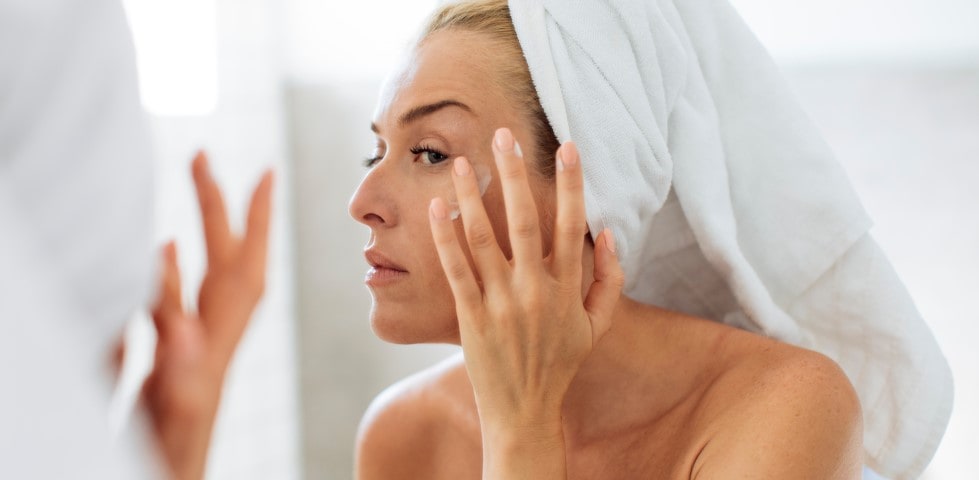
Remove calluses: practical tips and effective methods for beautiful and healthy feet
Calluses are perfectly normal, but they can be painful and unsightly. For many people, removing calluses is therefore part of their foot care routine. Find out how calluses develop and the best methods for removing them.
29 November 2024 • 4 min. reading time
Table of contents
How do calluses develop?
Calluses develop when skin is regularly exposed to friction and/or pressure. This stress causes the skin to thicken. This is how it protects itself. Calluses often occur on the feet – especially on the heels, the balls of the feet and the toes. However, calluses can also form on the hands, for example as a result of frequent weight training or physical work with the hands, including working with tools and equipment.
The biological process underlying the formation of calluses is that the constant pressure on the skin causes more cells to be produced. These then die and harden. The outermost layer of skin is generally known as the horny layer.
These causes contribute to the development of calluses:
- Unsuitable or tight shoes
- Inadequate foot care
- Dry skin
- Metabolic diseases such as diabetes
- Malpositions of the foot
- Certain sports
It is not always possible to avoid the causes, which is why it is all the more important to remove calluses regularly.
Why should you remove calluses?
If calluses are not regularly removed, they will become thicker and thicker, harder and harder, and painful fissures will form. Fissures are cracks in the skin that can hurt and restrict mobility. Removing calluses is therefore not only a cosmetic issue, but also one that is important for health. This is because thick calluses can lead to problems:
- If the callus is too thick, fissures can form and these can easily become infected.
- If the callus is too thick, the pressure on the underlying tissue becomes too great and it can cause pain when standing or walking.
- Thick calluses can trap bacteria and dirt under the skin, increasing the risk of infection.
- Walking can also be made more difficult if the callus is so thick that the sensitivity of the skin is reduced.
Removing calluses regularly prevents all these problems and is therefore advisable.
What methods are there for removing calluses?
There are various methods for you to remove calluses. The method chosen depends on the thickness of the callus and personal preference:
A callus file, a callus sponge or pumice stones can be used to remove calluses. These are classic mechanical tools that are rubbed over the callus, thereby removing the horny layer. These tools are particularly recommended if the calluses are not yet too thick. It is best to soak your feet before treatment, as it is easier to file damp skin. This method can be used comfortably at home.
With a callus scraper, you can remove thick calluses. To use it, the skin should be moistened and then the scraper, which contains fine blades, can be used to remove the callus in thin layers. This should be done carefully so as not to injure the skin.
Electric callus removers work by using a rotating abrasive head. These devices are a convenient way to remove calluses. These electric callus removers are suitable for both thin and thick layers of callus.
Callus plasters and chemical peels are another way to remove calluses. They are applied to the thick areas of skin and contain, for example, salicylic acid, which softens the callus and thus makes it easier to remove. These variants are particularly suitable for removing thick calluses. Callus plasters and chemical peels are also ideal for removing calluses overnight.
Hard skin removers
Foot peels
What methods are suitable for very thick calluses?
A combination of several measures can be useful, especially for thick calluses, such as the application of a callus plaster overnight, followed by removal of the callus with a pumice stone the next morning. These chemical peels penetrate the callus more deeply and make it easier to remove.
If you have particularly thick calluses, you can also have this treated as part of a professional foot care session. Podiatrists (medical foot care professionals) have special techniques and tools that they can use to not only remove calluses, but also fissures. The applications are safe and there is no risk of injury to yourself during removal.
Tip
As soon as you have cracks in your calluses, you should see a podiatrist. To prevent bacteria from taking hold and causing infections or, in the worst case, sepsis, early treatment is recommended.
Are there home remedies for calluses?
Calluses can also be gently removed with various home remedies. They include:
- Cider vinegar: Cider vinegar is a popular home remedy. Simply add 100 ml of cider vinegar to a lukewarm foot bath and soak your feet in it for ten minutes. This will soften the callused areas, making them easier to remove with a callus file or pumice stone.
- Lemon juice and baking soda: Lemon juice and baking soda are also a good combination for removing calluses. Lemon juice contains natural acids that soften the callused skin, while the baking soda acts as a mild abrasive. Simply mix the two ingredients to form a paste, apply it to the callused skin and rinse it off after a few minutes.
- Camomile sachets: To make these, camomile flowers are placed on a linen cloth, wrapped and doused with a few tablespoons of boiling water. When the sachet is well moistened, it is then held on the affected area on the feet (or hands). The softened calluses can then be removed by hand.
- Urea cream: Creams with urea are not exactly a home remedy, but they are a gentle way to remove calluses overnight. Simply apply the cream to your feet and the calluses will be soft the next morning. Important: the urea content in the cream should be at least 20 per cent and the method only works with calluses on the thinner side.
Foot cream
Can calluses be prevented?
A good way to prevent calluses is by wearing comfortable and well-fitting shoes. The shoes should not cause any rubbing and should leave enough space for the feet. Barefoot shoes are particularly good for the feet. If you have to stand or walk a lot, you can wear special insoles that distribute the pressure on the feet well. Wearing breathable socks made of materials such as bamboo also helps to reduce friction on the feet.
Regular application of cream to the feet, for instance a cream containing urea, can also help to prevent calluses. It keeps the skin soft and supple and moisturises it.
Another way to prevent calluses is to take regular foot baths and to treat the skin with a pumice stone or a callus file. This way, calluses won’t develop in the first place.
Remove calluses: FAQs
Yes. If too much callus is removed, it can stimulate new growth. It’s better to gently rub your feet every two to six weeks than to scrape off the skin every week.
There are special creams for cracks that repair the skin.
Frequent barefoot walking or open shoes can cause certain areas of the feet to be more heavily stressed. But calluses can also form in winter if you wear shoes that are too tight all the time – so there is no general answer to this question.
Takeaway
Calluses are a common problem, but they can be easily managed. With regular foot care, calluses don’t get thick enough to cause cracks in the skin. Pumice stones, callus plasters or a callus scraper are good for removing calluses. Home remedies such as vinegar can also help soften the skin. Callus prevention is particularly aided by wearing the right shoes.




